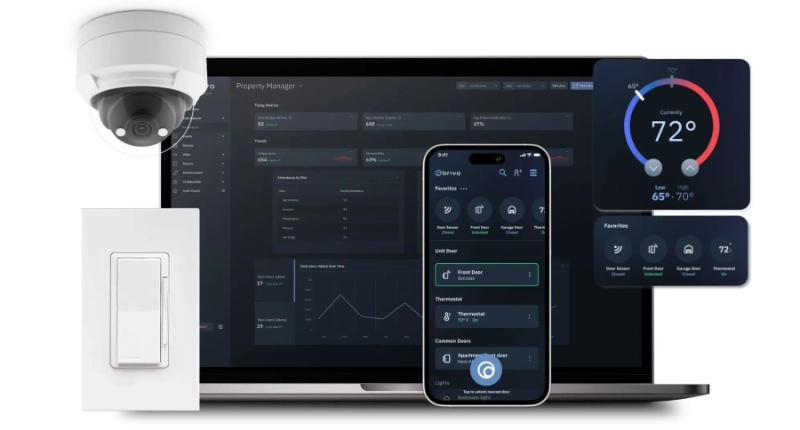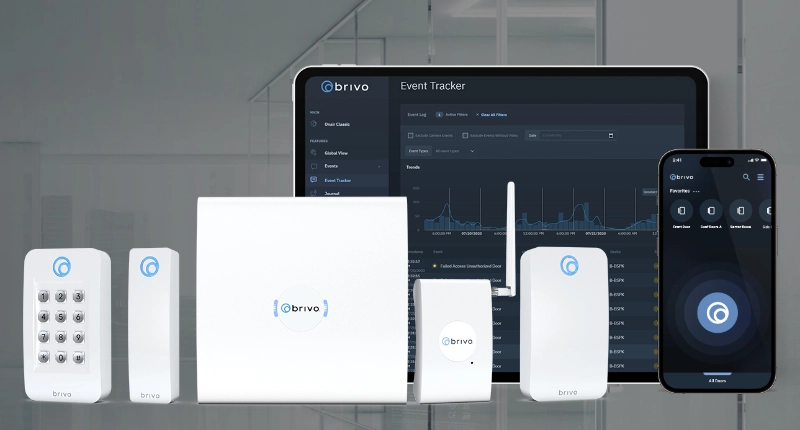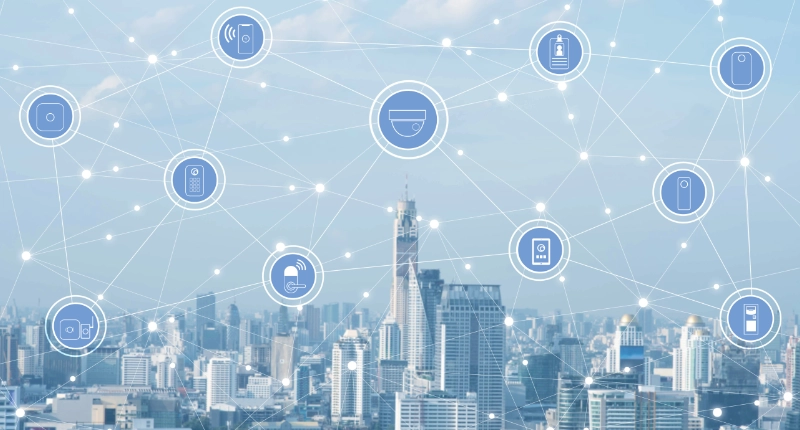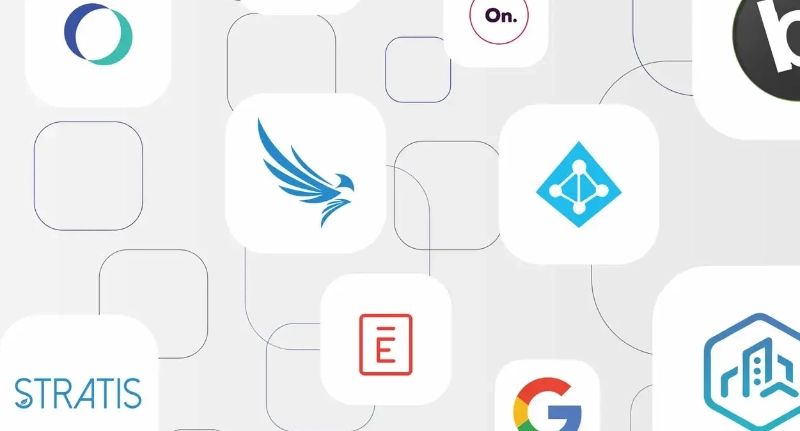When people hear about cloud-based physical security, they often immediately ask “Is cloud data secure?” As if cloud-based systems are the only ones with cybersecurity risk.
Cybersecurity is not a cloud issue.
Cybersecurity is an IT system and network technology issue. Systems on closed LANs are just as vulnerable to attack as systems connected to the Internet and systems “in the cloud.” Any device or system needs to be protected.
The far-reaching Target data breach in 2013 and the recent hack of doors at Google’s headquarters show that even local systems inside the firewall can be compromised. In physical security, we’ve seen attacks on on-premise systems using ransomware like WannaCry and malware like NotPetya. In short, on-premise systems carry the same cybersecurity risks as cloud systems.
So the question is not, “how can you protect data in the cloud?,” but “which system architecture (cloud or on-premise) can be more efficiently and effectively protected?”
To answer this question, it’s helpful to think about how villages historically protected themselves from invaders. Whether it was a wall or a moat, villages built one structure to protect all citizens from attack. Why? It’s more efficient to build and easier to defend one wall around all homes than to build individual walls around each home.
Protecting an IT system is similar: building one really secure wall around thousands of customers—the way cloud-based systems do—is more effective and efficient than building an individual wall for each customer, which is what on-premise systems require.
One wall is also easier and more likely to be maintained. On-premise systems require each customer’s IT department to keep them updated, backed up, and penetration tested. We all know how busy IT can get, so it’s not surprising that IT departments often struggle to keep up with all the necessary maintenance. When maintenance falls behind, security system data becomes vulnerable to loss or attack.
Cloud access control providers maintain their data environment centrally for all customers, so it is consistently backed up, updated, and penetration tested to ensure safety without any heavy lifting by individual customers. Additionally, since customers collectively share the costs of maintenance, the cost to each individual customer is lower than it would be to take on the entire burden alone.
After learning about cybersecurity measures in the cloud, the question to ask about a physical security system changes again. Instead of asking whether cloud data is secure, ask yourself this: who is building and maintaining your wall?
For more in-depth advice about how to protect your physical security system data from cyberattacks, check out our report, Reduce Risk: Understanding Cybersecurity In Your Physical Spaces.













